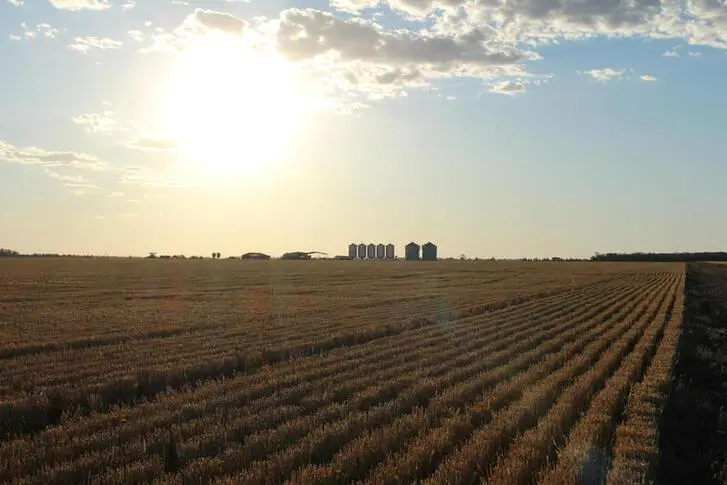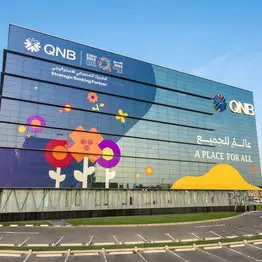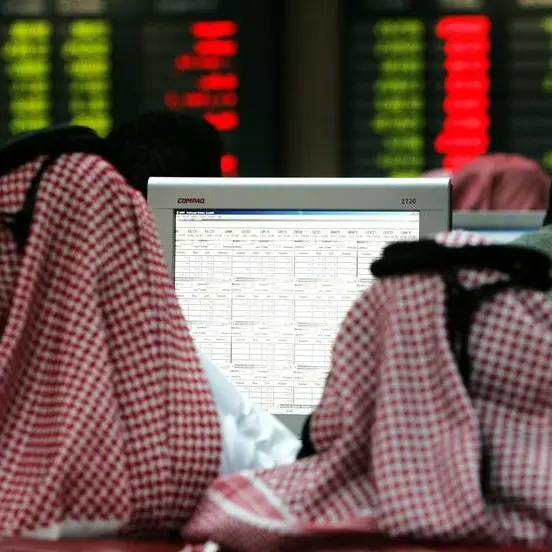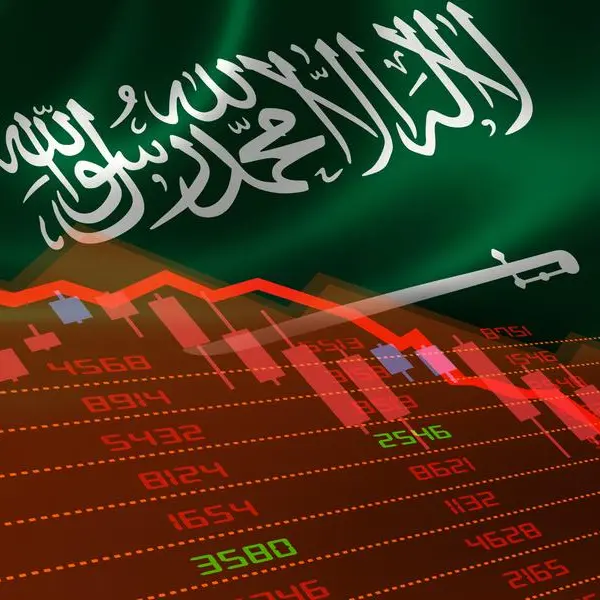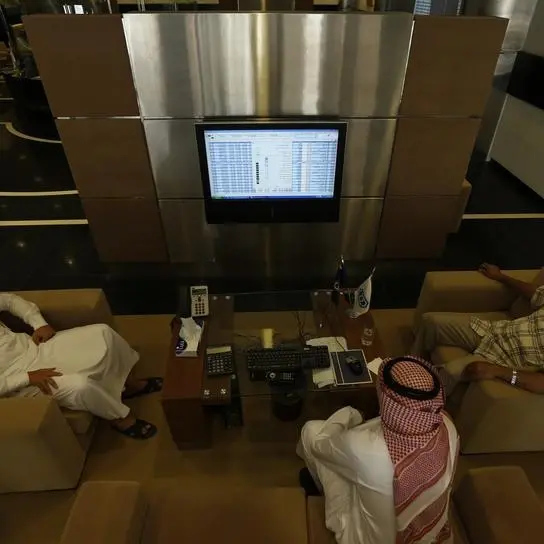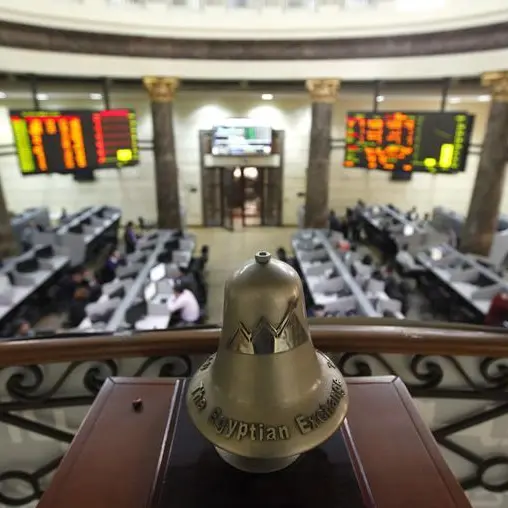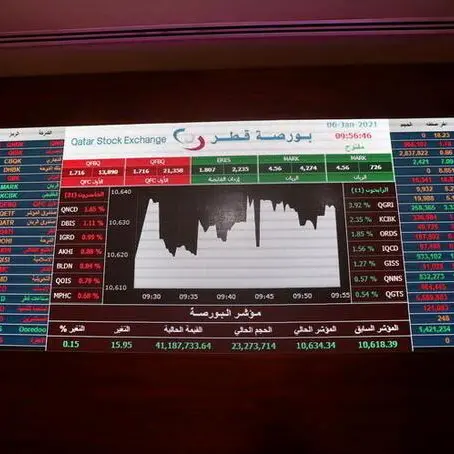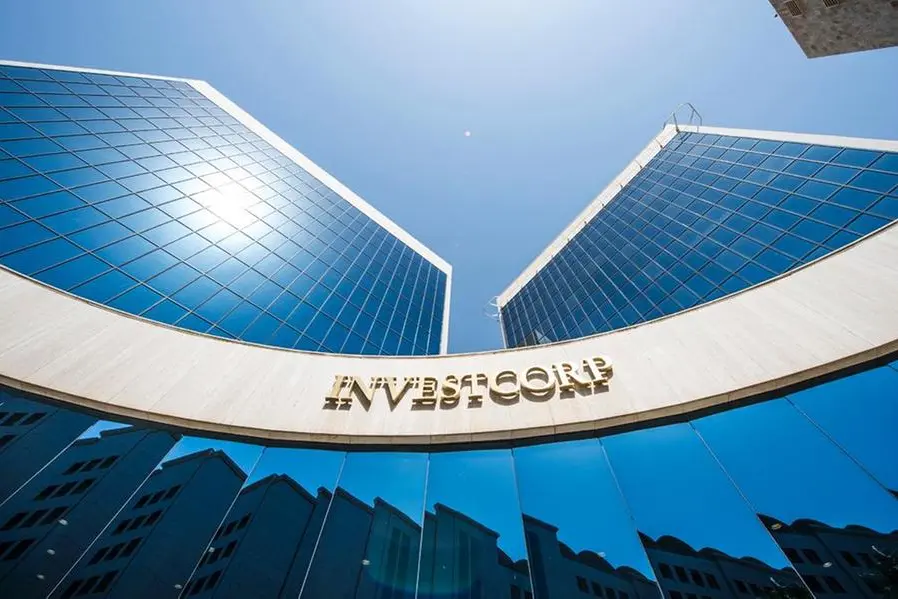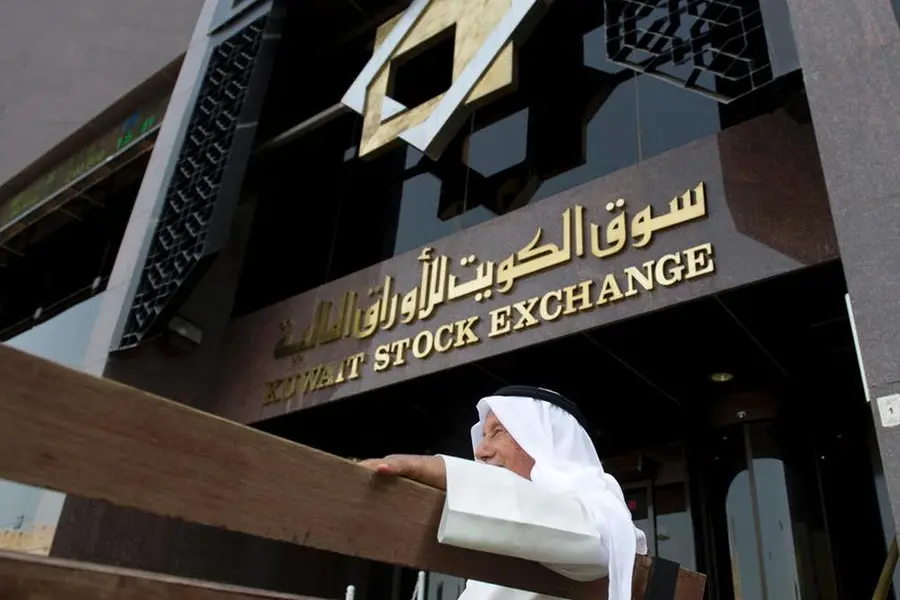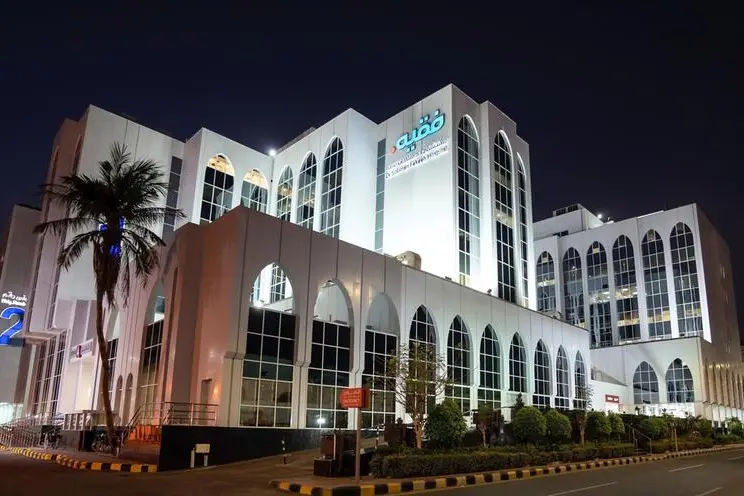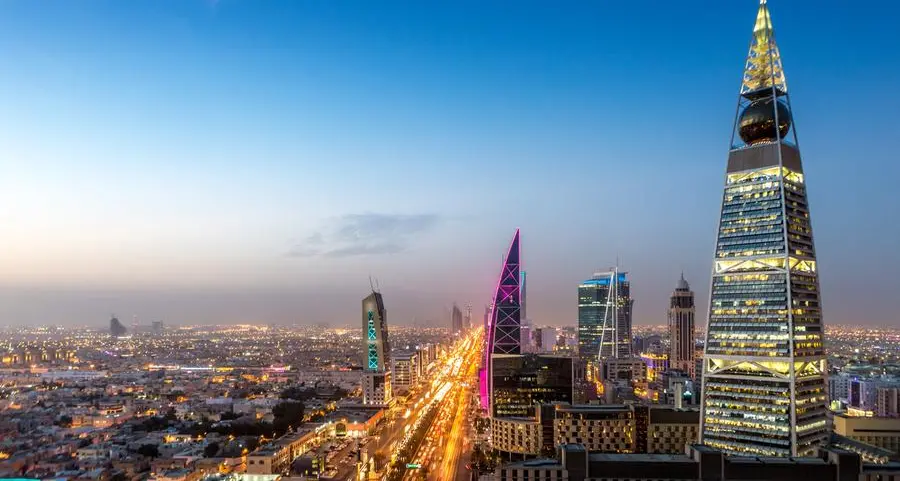PHOTO
The rand was the 18th most traded currency in the world, by value, in 2019, despite the economy ranking only as the 43rd largest.* It is the highly liquid nature of the South African rand has encouraged global investors to use it as a proxy for global growth, commodities, and emerging markets (EM).
There is a clear correlation between the performance of the rand and the commodity cycle, making the rand a commodity-driven currency. When commodity prices increase, the rand gains significant support, as we have witnessed this year during the so-called super-cycle.
When global growth accelerates, the appetite for commodities experiences a concomitant increase, driving up their price and providing a positive surge to emerging markets, which tend to rely greatly on exporting commodities.
This, in turn, has a positive effect on the EMs financial assets, including the underlying currency, and is one of the reasons that the rand acts as a proxy for emerging market exposure and is so strongly traded.
Hedging bets
The global market environment functions in cycles and it is important to be able to identify market movements.
Hedging is always dependent on the risk appetite of the underlying entity/client, the market conditions and the expectations moving forward.
When we are expecting the rand to weaken, exporters will refrain from hedging, or enter into an option where they have participation in a weakening move, while importers will look at fixing rates with forward contracts.
Soft commodities
During the pandemic, there was a surge in demand for soft commodities and South Africas agricultural sector performed particularly well during the 2020/21 season.
Exceptional harvests were recorded for major field crops, horticulture, and the wine industry, far surpassing those of the 2019/20 period.
This is bound to result in a strong growth in exports which should rise to well over the 2020 level of $10.2bn.
This has made South Africa one of the best performing economies among EM in 2021.
However, if South Africa is to remain a major supplier of soft commodities to the rest of the world in light of continuous food scarcity, the South African agricultural sector needs to be promoted and stimulated.
Hard commodities
In terms of hard commodities, the picture is somewhat less rosy, though the prospects are beginning to look more promising. (Lockdown regulations and supply chain disruptions brought many local mines to a complete standstill.)
Fortunately, demand by trade partners for commodities is growing strongly, particularly regarding infrastructure development.
Economies are re-opening in the wake of the pandemic, and this has boosted the mining sector and produced impressive results to date in 2021, boding well for the remainder of the year.
One must bear in mind that sustained higher commodity prices can lead to higher inflation, which triggers tighter monetary policies from central banks, which could impact negatively on emerging markets over the longer term.
* Bank for International Settlements
All rights reserved. 2021. Bizcommunity.com Provided by SyndiGate Media Inc. (Syndigate.info).
